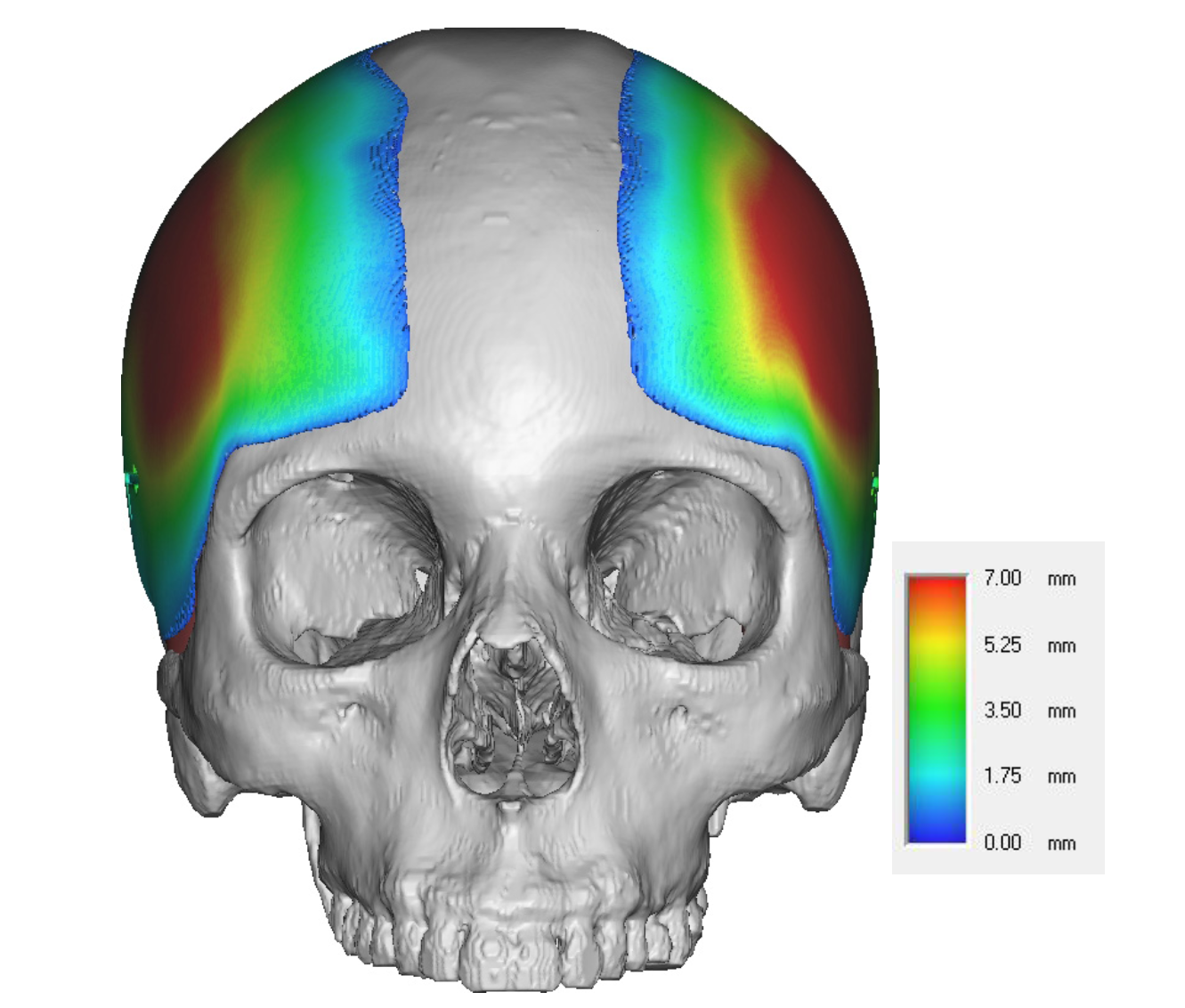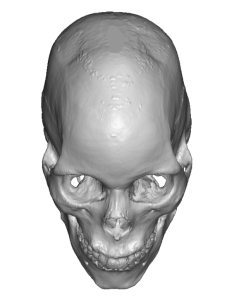Background: There are a variety of established aesthetic head shape deformities that have been assigned well known names. One of these is that of scaphocephaly or a boat-shaped head which is a literal translation of the name. Because a boat is long and narrow this is exactly how such a head shape appears. In the scaphocephalic head shape there are many variations of it with different amounts of decreased head widths, increased head lengths and increased head heights. These differences are seen as a result of it actual cause…whether it is from a sagittal suture origin or from a deformational cause.
Of these three adverse dimensional head shape changes (width, length and height) in scaphocephaly the one constant is that of a decreased bitemporal width or a head that is too narrow in the front and back views. While always associated with a bit of the other two dimensional changes (sagittal crest and occipital length) they may or may not need to be addressed as part of the need for head width increase.That decision depends on their magnitude as well as the associated ‘cost’ of additional scalp incisions needed to do so.
The only effective head width increase method are custom skull implants. Such implants can be designed too be submuscular, subfacscial or suprafascial in placement. The pocket location is determined by whether the augmentation needs to stay within or go beyond the bony temporal line, particularly in the forehead. But most significant head widening implant augmentations need to extend beyond the bony temporal line to aesthetically look right and blend in with the rest of the skull. The greatest aesthetic width increase in my experience is in the 7 to 9mm range due to implant placement and keeping the incisions limited in lengthen and location.
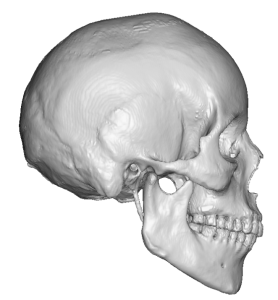
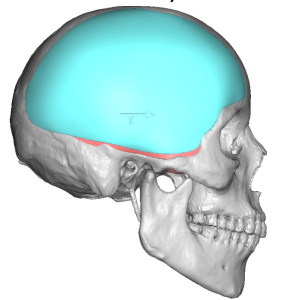
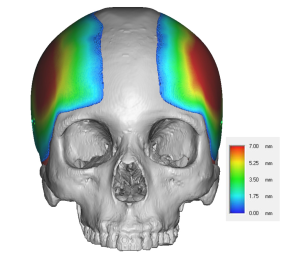


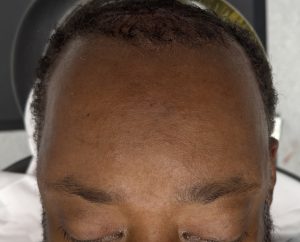
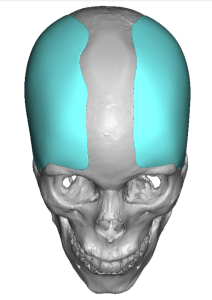
Key Points
1) The adult scaphocephalic head shape is most typified by being too narrow more than any other dimension.
2) Custom head widening implants are most effective at increasing bitemporal width.
3) In custom head widening implants that cross over onto the sides of the forehead implant edging is the major long-term aesthetic concern.
Dr. Barry Eppley
World-Renowned Plastic Surgeon

